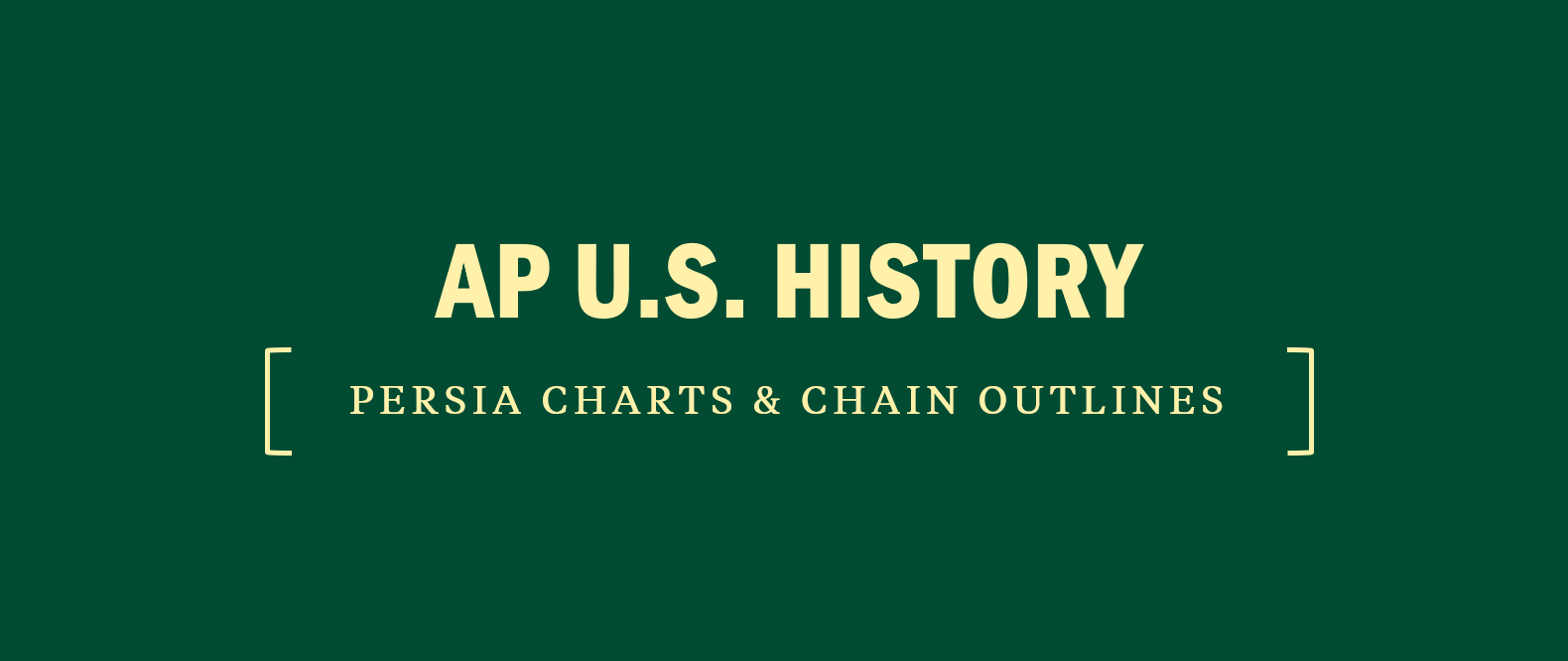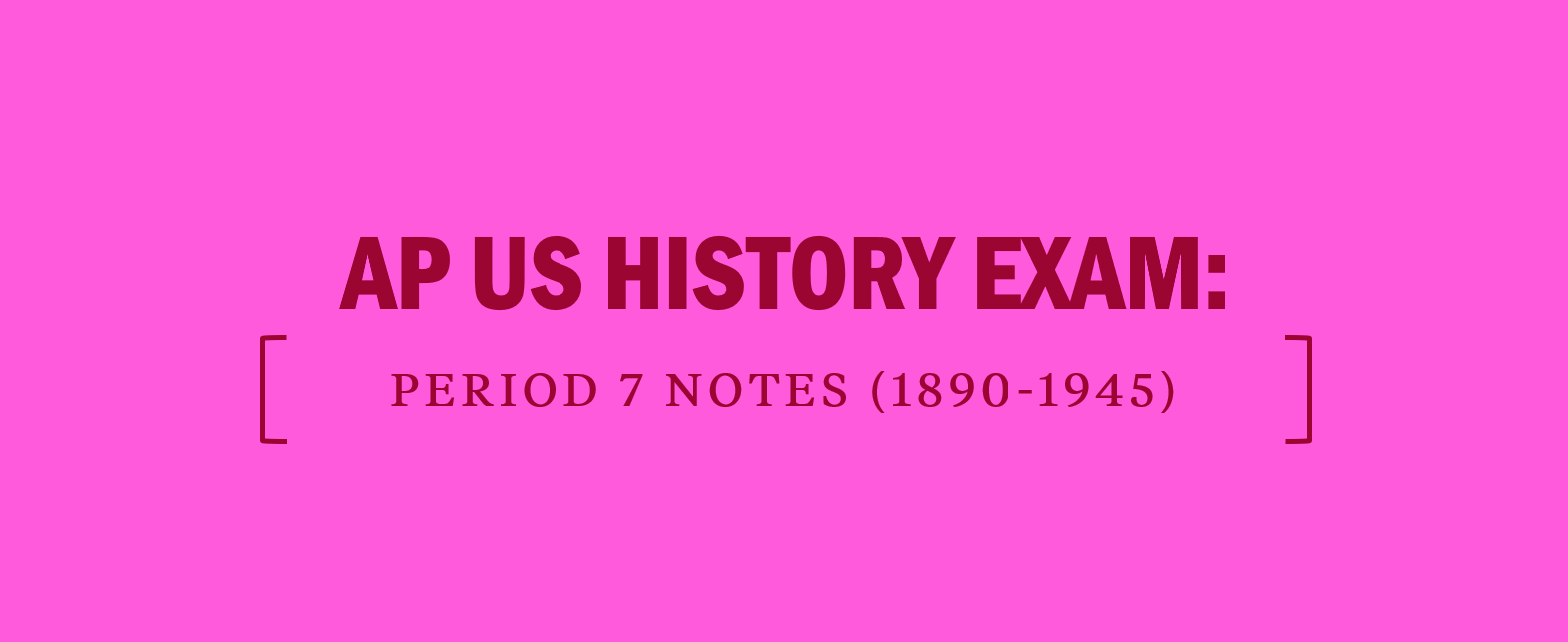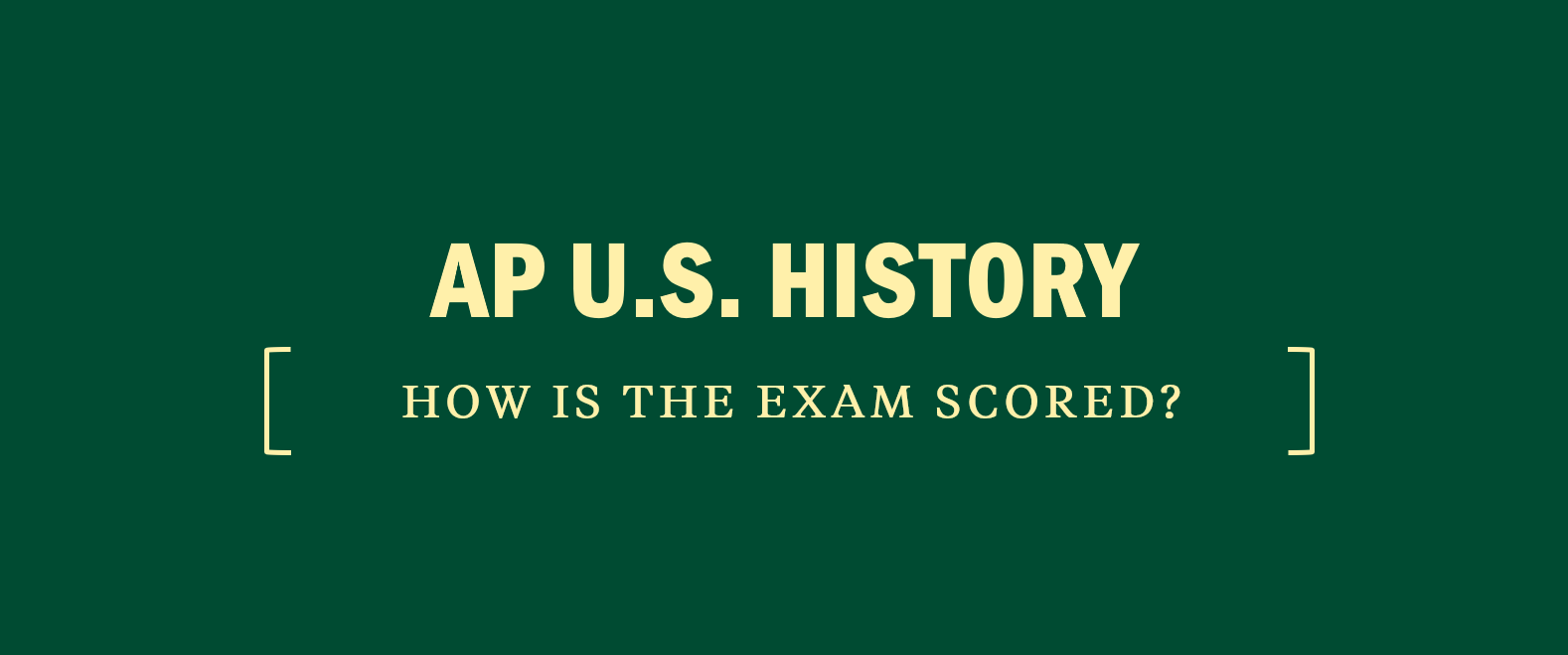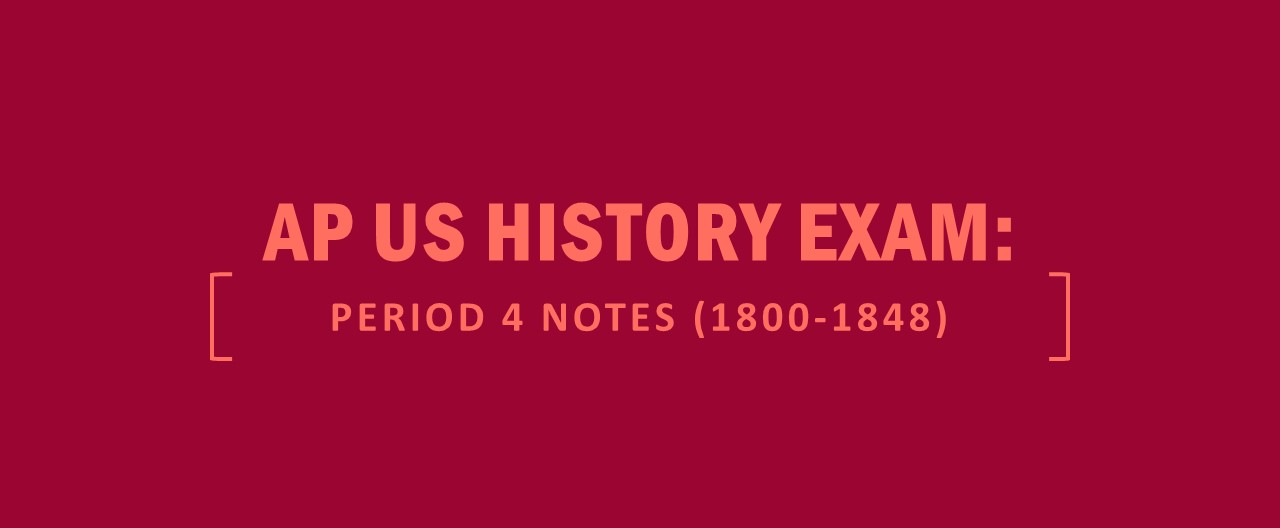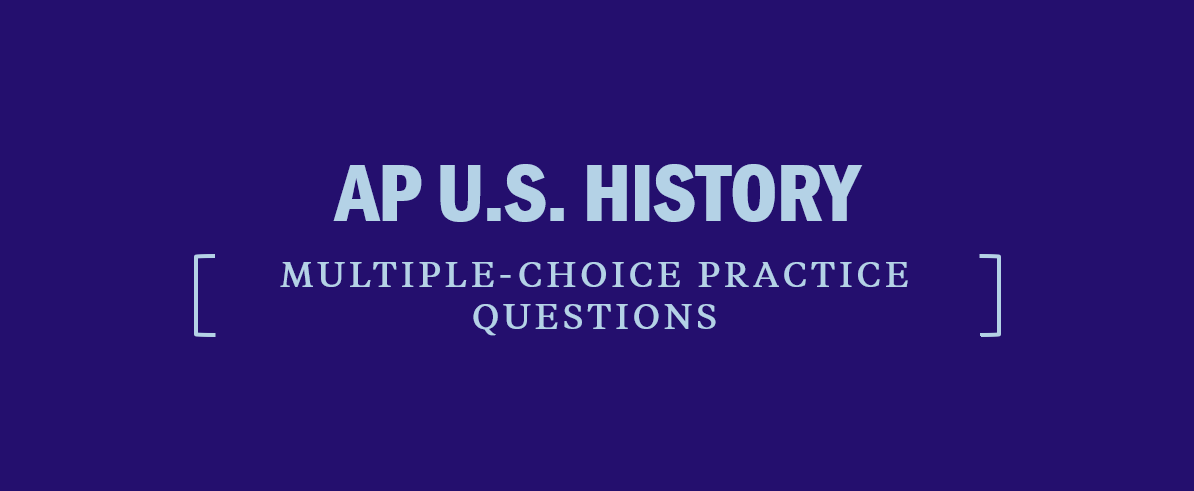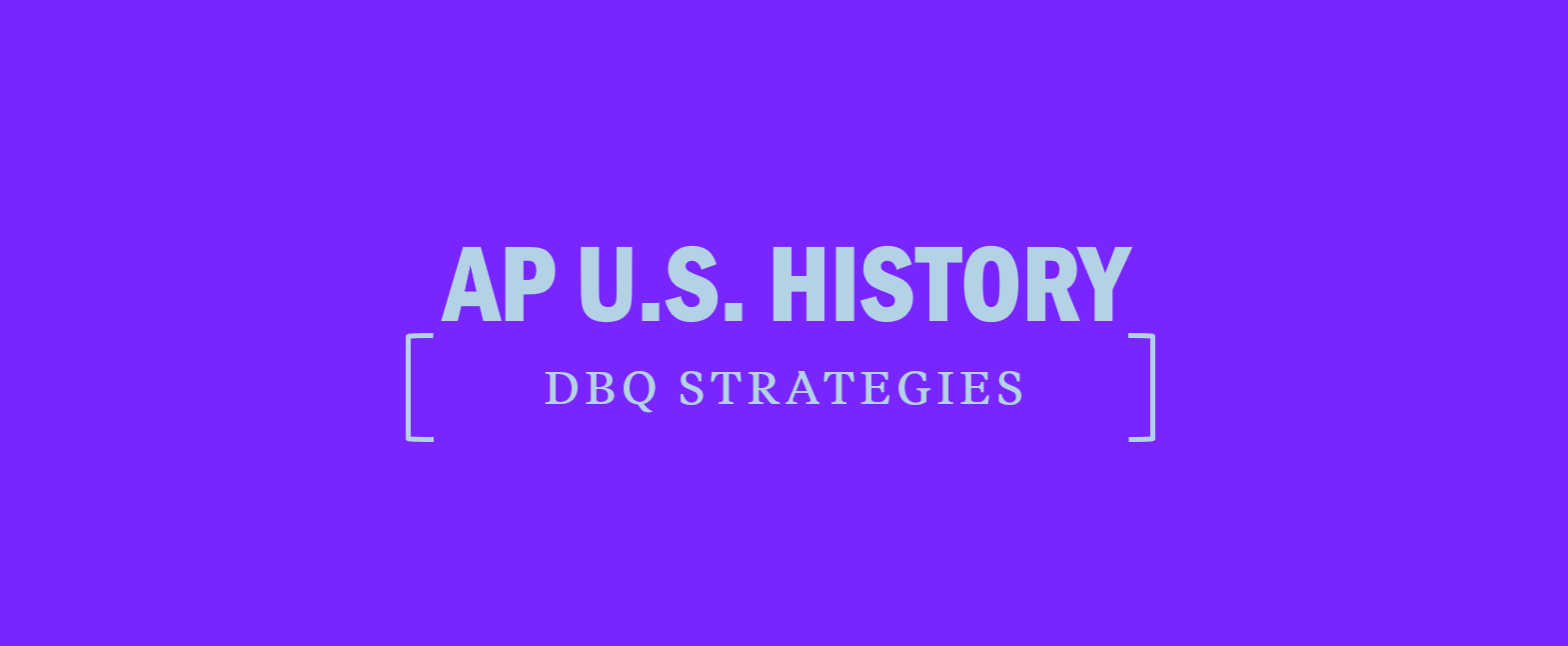AP U.S. History: PERSIA Charts and Chain Outlines
Here is a method that you can use as you read to categorize the textual information presented in assigned reading.
PERSIA is an acronym that is easy to remember and use. P equals Political, E equals Economic, R equals Religion, S equals Social, I equals Intellectual, and A equals Arts. Historians may use categories like these to analyze or break down the components of an era of U.S. history. As you complete PERSIA charts covering significant time periods, you will have tools to assist you in identifying significant connections between categories and how a certain category may dominate a particular time period. Imagine the power these PERSIA charts will have when you are ready to review for your AP exam! You will have organized the significant aspects of each major era by the very categories you must know to construct an effective essay.
Let’s look at a list of key words and questions that you can use to help you complete a PERSIA chart for any era or chapter in your textbook.
P = Political
You may choose to include the following items: presidents/major leaders, judicial rulings, legislation, major movements, revolutions, rebellions, foreign policy, taxes, and tariffs.
You should be able to answer the following types of questions after you have charted this section:
How did the U.S. government react to events during this era?
How did leadership change in the country during this era?
Why did the government’s foreign policy stance change?
E = Economic
Taxes, tariffs, recessions, depressions, panics, inflation, currency issues, scarcity, gross national product (GNP), and gross domestic product (GDP) are a few possible terms that you can look for to identify economic issues in your reading.
Consider questions such as these:
How did the government react to economic conditions during the time period?
Were the economic decisions of the ruling party helpful to the country’s overall economic health?
Did foreign policy play a role in the economic decisions of the country?
R = Religious
As you search for examples for religion, keep in mind that you must consider the influence of religion on a given time period, event, or group of people.
Use questions such as these to guide your thinking:
How did religion play a role in the development of government/society/culture during this era?
How did religious divisions affect the arrival of a certain event?
Can you list major religious leaders who influenced the United States during this time?
S = Social
Here you will want to look for instances of how an event has altered the way people in a culture interact with one another. You will want to keep your eyes open for race, gender, or ethnic relationships and how they have either changed or remained the same in the face of a historical event.
Consider these questions:
How was the social structure altered during this era?
Did your reading reveal any social or cultural norms?
Can you list specific examples from your reading that reveal the social aspects of the culture/country at this time in history?
I = Intellectual
In this category, you are searching for achievements in many different areas. Literature, science, technology, academia, and schools of thought are just a few of the possible items you could look for. You may also consider ideologies during a time period, such as the philosophies of the Enlightenment, to fall under the category of “Intellectual.”
These questions may be of assistance:
How did advances in technology change life for Americans during this time period?
From what series of events did this school of thought emerge, and how did it impact American society?
How does the literature of this time period reflect the events that surrounded its creation?
A = Arts
The last section of the list can be one of the most challenging for AP U.S. History students. Most textbooks have very little discussion of art but rather use art to illustrate specific points throughout. Often, the AP exam will ask questions regarding the impact of an artistic movement on a given period.
Questions to consider are these:
How did this artist portray events, people, or feelings of this era?
Why did artists feel the need to produce pieces such as the ones in this section?
How was the art received outside of the art community?
Was there patronage of the art? In other words, was the art commissioned by a benefactor?
As you read a chapter or section of a chapter, fill in the areas of the PERSIA list as you read. Write down information you believe is significant or important to the era you are studying. Ask yourself, “Has the author or my instructor repeated this information in the text or in class?” If so, chances are that the repeated information is important enough for you to write down.
BE C-R-E-A-T-I-V-E
Throughout the year, create acronyms or other mnemonic devices to jog your memory. For example, SADTWITS can help you remember the American Revolution:
S = Sugar Act
A = Admiralty Courts
D = Declaratory Act
T = Townshend Acts
W = Writs of Assistance
I = Intolerable Acts
T=TeaAct
S = Stamp Act
Chain Outlines
Many students learn to take notes in a traditional outline format. We need to take this standard outline format and pump some historical skills into it! Try to think like a historian. How would a historian approach the material in your text? A historian would look for patterns, links, and causation. Therefore, your outline should reflect these patterns, links, and causes. We will call this new outline our “Chain Outline.” Think of the material you read in your text as a big metal chain with smaller chains attached. Sometimes the smaller chains connect, creating links between larger links within the chain. Let’s use the example of the early years of the Civil Rights Movement in the 1950s as our topic for the following Chain Outline.
As you can see from our chain, we have been able to see patterns, links, and causes that show us much more than if we had simply placed these items in a traditional outline. You can take this a step further and add specific details about these events in the margins of your paper. You may even be able to predict possible exam questions by looking at the major themes that run through a section or chapter. There are only so many ways exams can ask about major historical themes!

